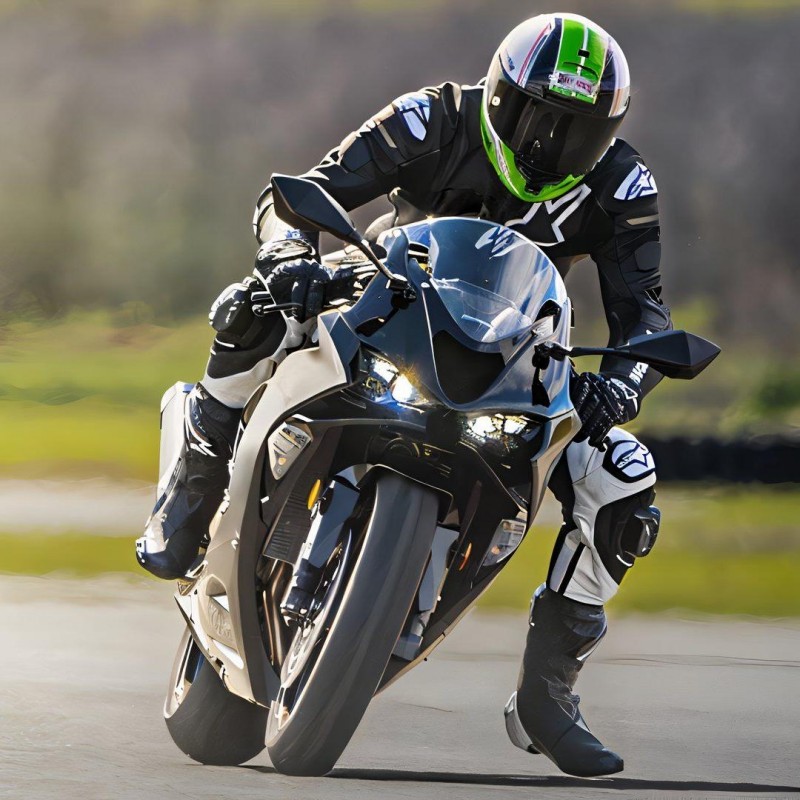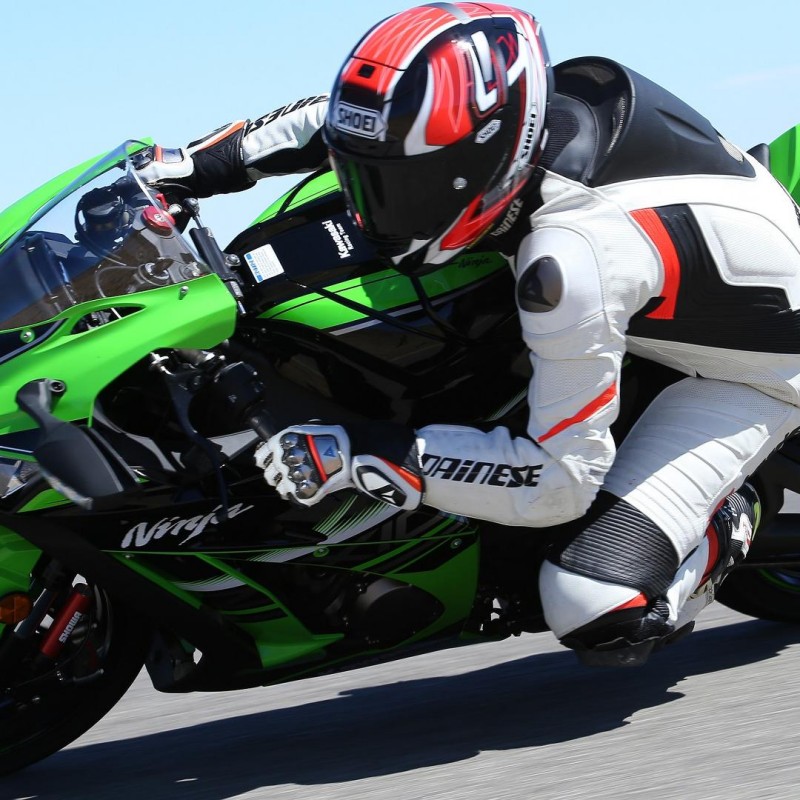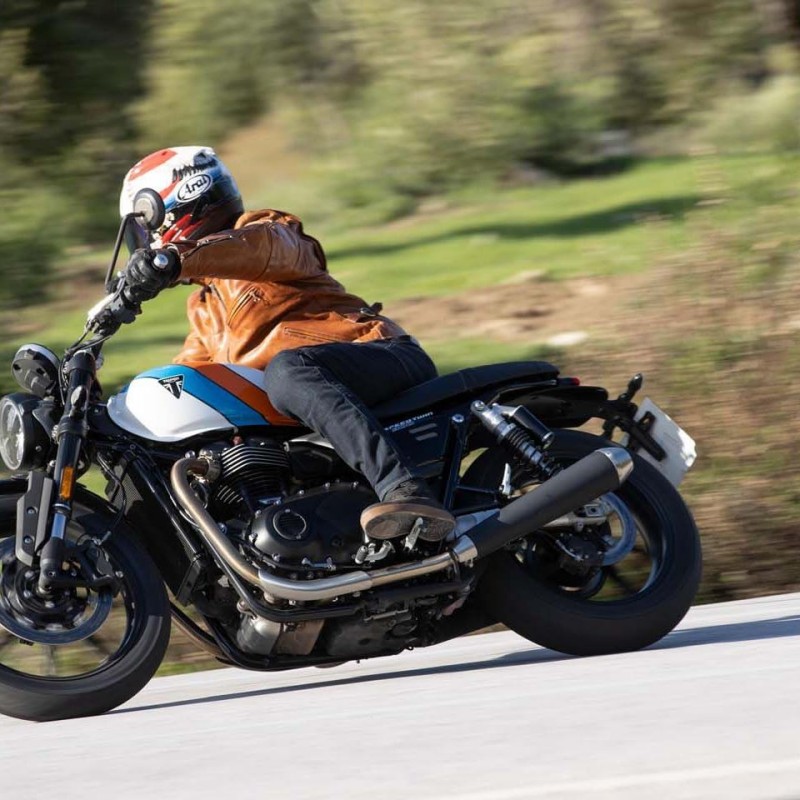Owning a motorcycle can be an exhilarating experience filled with freedom and adventure. However, to fully enjoy the journey, it is essential to consider the longevity of your ride. Several factors influence the lifespan of your motorcycle, ranging from basic maintenance practices to the environment in which you ride. Understanding these factors not only helps in maintaining your motorcycle effectively but also in ensuring a more enjoyable riding experience. Regular care, attention to riding habits, and awareness of external factors all contribute to a motorcycle’s durability. In this comprehensive article, we will delve into the various factors influencing motorcycle longevity, covering essential maintenance routines, the impact of riding conditions, and the importance of quality parts and upgrades. Additionally, we’ll explore how your riding style and habits can play a significant role in determining how long your motorcycle remains in excellent condition. By the end, you’ll have a thorough understanding of how to take care of your motorcycle, ensuring it stays by your side for many miles to come.

Understanding Motorcycle Longevity
Before we dive into the specific factors influencing motorcycle longevity, let’s first establish what we mean by “longevity” in the context of motorcycles. Longevity refers to the lifespan, performance, and overall condition of your motorcycle over time.
What Is Considered a Long-Lived Motorcycle?
Motorcycles have varying lifespans depending on several factors. Typically, a well-maintained motorcycle can last anywhere from 50,000 to 150,000 miles. However, this estimate can fluctuate based on riding style, maintenance practices, and the quality of parts used during repairs or upgrades.
Signs of Declining Longevity
Several indicators can help identify when a motorcycle’s longevity is being compromised. Common signs include:
- Engine Loss of Power: Reduced acceleration or difficulty in maintaining speed may indicate engine wear.
- Excessive Noise: Unusual sounds from the engine or during operation can suggest issues needing attention.
- Frequent Repairs: Regularly requiring repairs may signify that the motorcycle’s parts are wearing. In addition, this could suggest that the overall maintenance practices may need assessment.
By being aware of these signs, motorcycle owners can take preemptive measures to address related issues before they compromise longevity.
Regular Maintenance Practices
One of the most significant factors influencing motorcycle longevity is regular maintenance. A diligent maintenance routine not only enhances the motorcycle’s performance but also helps prevent costly repairs down the line.
Oil Changes
Oil changes are fundamental to engine health. Engine oil lubricates, cools, and cleans the engine components. Over time, oil breaks down and loses its effectiveness. For optimal engine performance, it is essential to:
- Follow the manufacturer’s recommendations for oil change intervals, which can vary by motorcycle make and model.
- Use high-quality oil that is suitable for your specific engine type, whether conventional or synthetic.
Tire Maintenance
Your tires are the point of contact between your motorcycle and the road, making their maintenance critical to safety and performance. Regularly checking tire pressure, tread depth, and alignment can significantly influence longevity. Additionally, proper inflation contributes to better handling and fuel efficiency.
- Tread Depth: Monitor the tread depth regularly to prevent slippage and enhance grip.
- Inflation: Check tire pressure frequently, as under- or over-inflated tires can lead to poor performance and increased wear.

Chain and Sprocket Care
The motorcycle chain requires regular attention to maintain optimal performance. A well-lubricated chain ensures smooth operation, while neglect can lead to premature wear and even failure.
- Lubrication: Lubricate the chain every 500–1,000 miles, or more often depending on riding conditions.
- Tension: Regularly check and adjust chain tension according to manufacturer specifications.
Battery Maintenance
A motorcycle’s battery plays a crucial role in starting the engine and powering electrical components. Checking the battery’s charge level and cleaning terminals can prevent unexpected breakdowns.
- Regular Inspection: Check battery fluid levels (if applicable) and ensure connections are clean and tight.
- Replacement: Be aware of battery lifespan and replace it before it becomes a problem.
Impact of Riding Conditions
When examining factors influencing motorcycle longevity, riding conditions substantially impact your motorcycle’s performance and lifespan. Diverse elements can wear down components more rapidly than expected.
Weather Conditions
Extreme weather conditions, including intense heat, heavy rain, and snow, can adversely affect your motorcycle.
- Heat: In hot weather, engines may overheat. Thus, regular coolant checks and oil changes become increasingly vital.
- Rain and Humidity: Prolonged exposure to moisture can lead to rust and corrosion, particularly in unprotected parts. Always clean and dry your motorcycle after riding in the rain.
Road Conditions
Riding on rough or poorly maintained surfaces can cause wear and tear on various motorcycle components.
- Potholes and Bumps: These can damage tires and suspension systems, leading to costly repairs. Riding cautiously on such surfaces will significantly contribute to the longevity of your motorcycle.
- Gravel and Debris: Dirt or gravel can lead to punctured tires and damage to external elements. It’s best to steer clear of unknown surfaces whenever possible.
Riding Habits and Lifestyle
Additionally, how you ride contributes directly to how well your motorcycle holds up over time. Your habits can influence the rate of wear and the number of potential repairs needed.
Smooth Riding
Adopting smooth riding techniques helps reduce stress on the engine and other components. Sudden acceleration, harsh braking, and aggressive cornering can cause undue strain and accelerate wear.
- Throttle Control: Ease onto the throttle when accelerating to prevent unnecessary strain on the engine.
- Smooth Braking: Begin braking earlier and apply consistent pressure to prevent jarring impacts on the motorcycle frame and components.
Frequency of Use
The frequency with which you ride can also impact motorcycle longevity. While regular riding helps keep all systems functional, occasional use can lead to stagnation and deterioration.
- Engine Running: Running your engine is essential; frequent idling can lead to carbon buildup. Aim for regular rides to keep all systems working efficiently.
- Seasonal Use: If you live in an area with harsh winters, ensure proper storage and maintenance during off-seasons to prevent damage from prolonged inactivity.
Riding Style
Your personal style also matters. For instance, are you an urban commuter, a long-distance traveler, or a weekend racer? Each riding style comes with unique demands on the motorcycle.
- Commuting: If you ride primarily for commuting, it is essential to prioritize comfort and efficiency. Consistent maintenance, especially with urban stop-and-go traffic, can help ensure longevity.
- Sport Riding: High-performance riding puts greater demands on the motorcycle components, so regular inspections, tire replacements, and precise maintenance are crucial.
Quality of Parts and Accessories
Another critical aspect influencing motorcycle longevity is the quality of parts and accessories used during repairs or upgrades. Understanding how to make informed choices will ultimately enhance your motorcycle experience.
Original Equipment Manufacturer (OEM) Parts vs. Aftermarket Parts
When replacing parts, consider whether to choose OEM or aftermarket options.
- OEM Parts: Original parts are designed specifically for your motorcycle’s make and model, often ensuring a better fit and function. They generally come with warranties and will likely support longevity.
- Aftermarket Parts: While they can be less expensive, aftermarket parts vary considerably in quality—so always choose reputable brands with positive reviews.
Upgrades and Modifications
Riders often explore upgrades or modifications to enhance performance. While customizing can be appealing, consider whether the changes positively influence longevity.
- Exhaust Systems: Upgraded exhaust systems may improve performance but can put additional strain on other components if not correctly installed.
- Suspension Upgrades: Enhancing your suspension can improve ride quality and performance, ultimately extending the lifespan of other surfaces.
Regular Inspections and Repairs
Even with the best care, regular inspections and prompt repairs play a vital role in maximizing a motorcycle’s lifespan.
Scheduled Maintenance
Adhering to a maintenance schedule based on the manufacturer’s recommendations can help catch potential issues before they escalate.
- Inspections: Regularly inspect tires, brakes, lights, and other critical components. Nothing should be taken for granted.
- Fluid Changes: Besides oil changes, fluids such as coolant and brake fluids should be inspected and replaced as necessary.
Servicing Professionals
While some repairs can be done at home, other issues may require professional assessment and servicing.
- Authorized Service Centers: Visiting an authorized center ensures that qualified mechanics use proper methods and tools, preserving the motorcycle’s integrity.
- Warranty Records: Keeping detailed records of maintenance and repairs can provide valuable information if you ever sell or trade your motorcycle.

Conclusion
In conclusion, understanding the various factors influencing motorcycle longevity is critical for every owner looking to maximize their investment. From regular maintenance practices to awareness of riding conditions and lifestyle choices, every aspect contributes to the performance and lifespan of your motorcycle. By adopting smooth riding habits, investing in quality parts, and conducting regular inspections, you ensure that your motorcycle serves you well for years to come.
Additionally, staying informed about trends in the motorcycle industry, including technological advancements and innovative maintenance practices, will empower you as a rider. Riding is not just about the thrill of the road; it’s also about responsibility and care for your machine. Therefore, prioritize these factors and cultivate habits that enhance your motorcycle’s longevity, turning every ride into a memorable adventure.